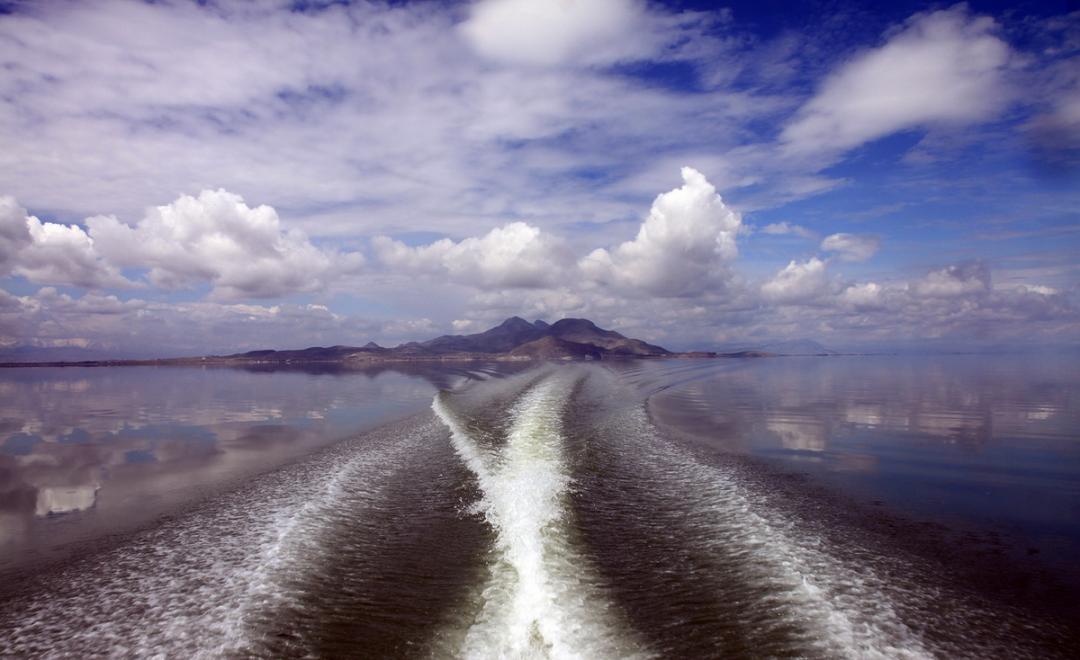The Energy Ministry has instructed regional water authorities in West Azarbaijan and East Azarbaijan provinces to give priority to the imperiled Lake Urmia’s restoration effort.
This includes ensuring the lake is fed 2.6 billion cubic meters of water every year, according to a senior official at the Urmia Lake Restoration Program.
Commending the move, Isa Kalantari, a former agriculture minister and head of the ULRP, told the press that the Energy Ministry has taken a major step toward reviving the lake by upholding its water rights, IRNA reported.
“We’ve got to cooperate with one another as there is no time to lose,” he said, adding that any setbacks in the project will deal a major blow to the lake’s restoration chances.
He also urged provincial officials, who are tasked with implementing measures set out by the ULRP, to take a proactive stance to contribute to the success of the plans.
Efforts to revive Lake Urmia entered a new phase when President Hassan Rouhani’s administration formed the ULRP in 2013.
Despite Iran’s economic woes, the program has been receiving the funds it was promised without delay, according to Masoud Tajrishi, the head of the program’s scientific working group.
Among the more prominent measures taken by the ULRP to restore the lake is the opening of the Boukan Dam reservoir, as well as the merger of two regional rivers, Godar and Zarrinehroud, with Siminehroud, which was then directed toward the lake.
Furthermore, work is in progress to redistribute Zab River’s water to Lake Urmia.
Buying Water Rights
The government is also contemplating purchasing 40% of the water rights of farmers around the lake in West Azarbaijan over five years, and has earmarked $60 million for the scheme.
However, some believe the efforts to revive the lake are futile, given the staggering amount of salt that has accumulated on the lakebed.
Marzieh Lak of the Research Institute for Earth Sciences said last month that the accumulation of salt on the lakebed means “the lake will never again restore its ecological balance.”
High salt concentration increases the rate of evaporation, “so regardless of how much water flows into the lake, it quickly evaporates.”
Nearly five billion tons of salt has accumulated at the bottom of the lake, which translates into about 400 grams of salt in every liter.
“We need to reduce the lake’s salinity to 250 g/l to give the lake a fighting chance,” she said.
Efforts to revive the lake, officials say, are expected to pay off by 2023.


